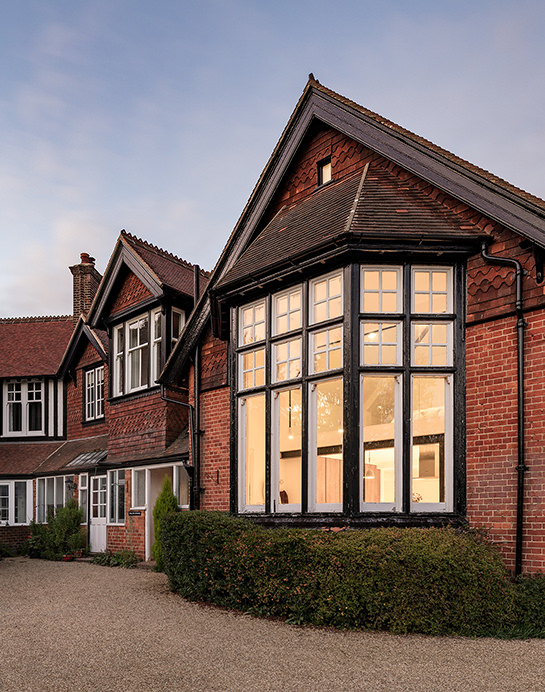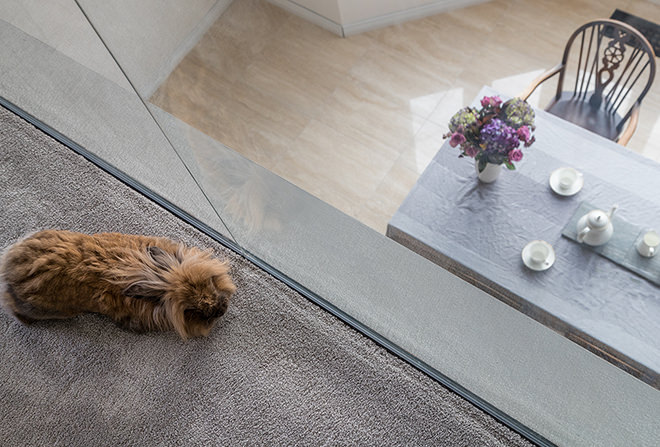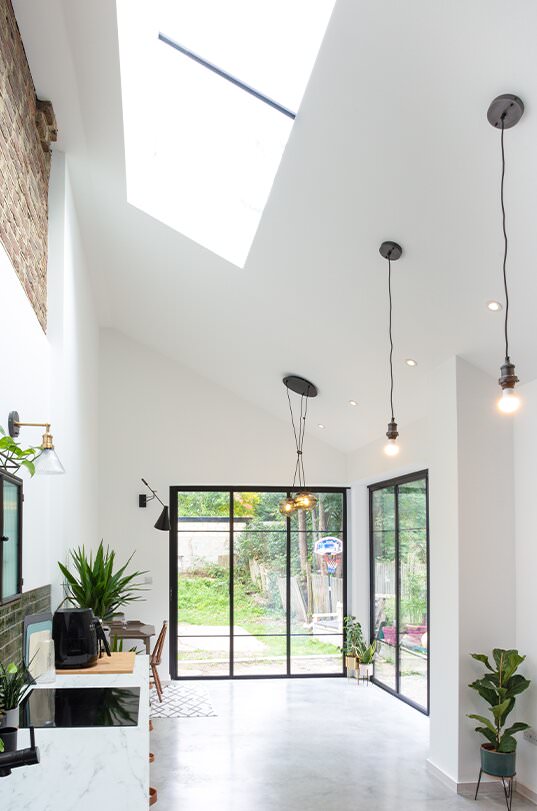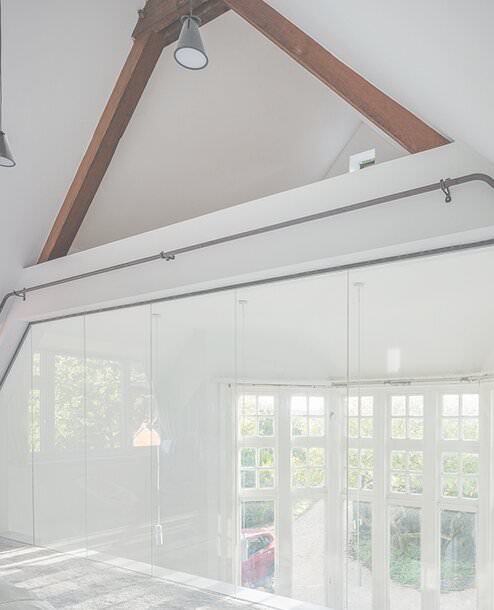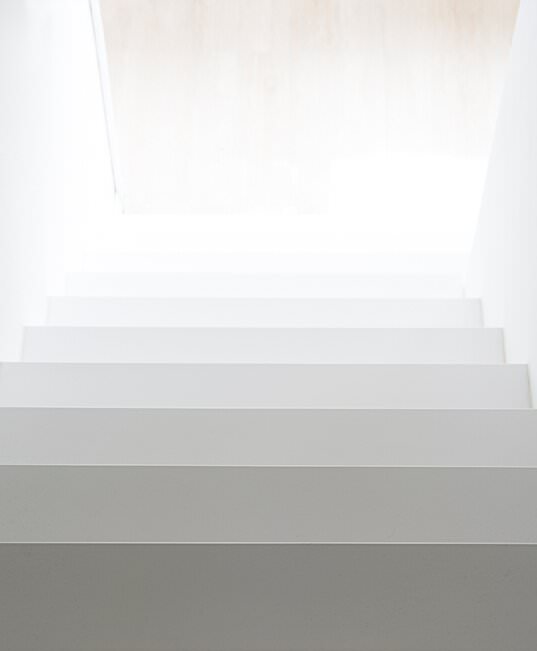Tree Roots and Buildings
May 2, 2018
By stumbling across this article, you can probably agree with us that building around tree roots can cause major issues as we’ve identified.
In the past, we’ve come up with 3 beautiful schemes across Surrey, two in greenbelt territory and one in a conservation area. But all with one common denominator, issues with tree roots.
In this blog, we guide you through what a root protection area is, what issues to be aware of when building around tree roots and give you advice on how best to avoid these issues.
What Is A Root Protection Area and What Does It Mean?
A root protection area is usually the calculated minimum area of ground that is used to prevent damage to a tree’s root system which lies beyond the crown. Most trees have a radial root protection area (RPA) which must be considered typically by extending one and a half times the height of the tree.
In the UK alone, approximately £400 million worth of tree-related insurance claims are made each year, so consider your schemes with tree roots early in the process as you could be saving yourselves 5 or even 6 figure sums just purely by considerately placing your building.
How Can Ground Conditions Surrounding Tree Roots Cause Issues?
When most people think of tree damage, we think about how roots are putting pressure on our foundations and service pipes, but it’s actually relatively rare. The most common issue is actually the changing ground conditions and moisture levels near a tree.
Most clients and even we (pre-tree rooting days) questioned – ‘surely I can just remove the tree?’. The answer to that is simple, no.
A recently removed tree means that moisture that would have previously been absorbed by the tree will remain in the ground causing the soil to swell and heave which would consequently put pressure on your building foundations.
By building within the RPA, there is a risk of severing one of the tree’s major roots during unconsidered groundworks. Therefore, this can lead to a significant impact on the tree’s ability to absorb water and its overall stability, especially when experiencing strong winds.
There’s also the above-ground damage to consider which is particularly sensitive during the construction phase.
What Are The Above-Ground Damage Issues When Building Around Tree Roots?
Here are some of the common issues to look out for when building around tree roots:
- Subsidence - When tree roots are exposed to shrinkable clay soils used in building works, tree roots tend to consume moisture which causes the clay to dry.
- Drain Damage - Drain damage can often be a cause behind issues with tree roots. Tree roots can often enter and block drainage systems whilst absorbing water and nutrients.
- Direct Physical Damage - Tree roots can cause several damages directly to your property and surrounding area. Direct damages include roof and guttering damage, cracks along concrete pavements and lightweight structures i.e garages and sheds.
How Can Damage Be Prevented?
Avoid Building Around Trees If Possible
First port of call? Where possible – build away from tree roots.
It’s recommended to build away from tree roots because the distance from which tree roots are able to affect a building and its foundations is wider than most think. By simply placing the building away or even cantilevering over the tree roots, you could potentially avoid significant costs on foundations that you will never see once the building is finished.
Secondly, we’d suggest the early appointment of an arboriculturist, as they’re able to advise on the species, location, and RPA to ensure we’re optimising the building placement without an expensive foundation solution.
Specialist Foundation Design
Once the trees have been identified and issues raised, your structural engineer will work carefully with your building control inspector to define the building foundation depth to cope with the soil shrinkage and the potential severing of any tree roots that may be affected.
It’s important to understand the soil type your project is based on, as the proportion of clay or silt will dictate the potential for swelling or shrinkage that may affect your foundations.
Piling is the most common approach around tree roots, which effectively impacts a small and limited zone of the RPA which is therefore considered less likely to affect the tree roots. Firstly, an air spade is used to expose the tree roots, which then enables site setting out of the piling to reduce the damage to the tree roots. The piles then support ground beams that hold up the building. The beams themselves are placed above the existing ground level which may affect the internal heights of the proposed building.
In our Manor Road project, we dug trenches to a depth of 2m and laid clay master boards beneath our slab construction in order to minimise movement and swelling of the ground conditions for our proposal, whilst in our proposal in Beare Green, a specialist piling contractor was used to ensure the surrounding trees were not affected by the new build construction.
Root Barrier Products
Root barriers can protect your foundations by dissuading root growth, more often, than not, root barriers cause roots to grow around and under the barrier. More effective use of the root barriers is typically when the tree is young and used in order to control the tree’s growth.
Considerations
So in short, if designed right from the outset by a design team who knows their tree roots, a properly designed scheme could save you significant sums purely by the considerate placement of your building.
Foundation design needs to be carefully considered, this will typically be led by your structural engineer who will be able to advise you carefully about the available options on the table and what will be the most cost-effective and suitable route.
If you would like to find out more information on how best to protect tree roots and buildings during your construction work, you can find further guidance on laws on building around trees.
If you'd like to receive more advice, feel free to contact us today on 02081441737 or email us at [email protected] for expert advice.
References:
Homebuilding.co.uk
Terram Rootguard
